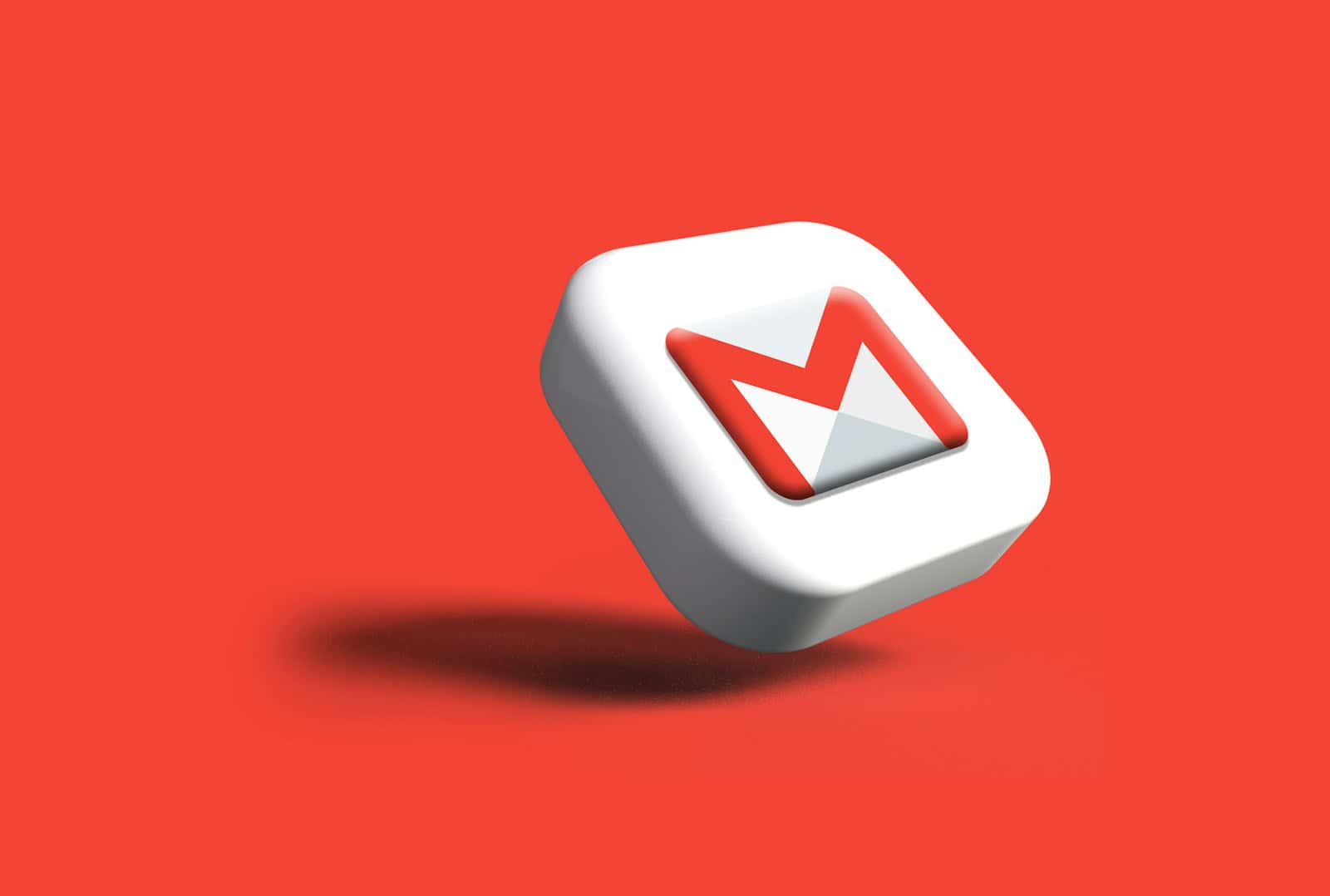Need a quick, disposable email address but hate the hassle of setting up and managing multiple accounts? Here’s a smart trick that leverages Gmail’s lesser-known alias feature to keep your inbox clutter-free and your productivity high.
How it works: Gmail treats any email sent to yourusername@gmail.com and yourusername@googlemail.com as the same inbox. By simply replacing “gmail.com” with “googlemail.com” when giving out your address, you create a convenient alias that you can filter and manage independently—without the need to create a separate email account.
Step-by-step:
- Use the alias: When signing up for newsletters, trials, or online services where you want a temporary email, provide yourusername@googlemail.com instead of your regular Gmail address.
- Set up an auto-deletion filter: In Gmail, create a filter with the criteria
to:(*@googlemail.com). - Direct these emails to Trash or a dedicated label: Choose the option to automatically delete or archive these messages so they don’t clutter your main inbox.
This method lets you receive emails from temporary sign-ups and easily dispose of them without manual cleanup. It’s especially useful for managing spammy newsletters or one-time verification emails.
Why This Matters for Productivity and Privacy
- Inbox management: Keeping your primary inbox clean helps reduce stress and increases focus. Research shows that cluttered digital spaces can negatively impact productivity and cognitive load.
- Privacy protection: Using email aliases prevents your main address from being exposed widely, reducing the risk of spam and targeted phishing attempts.
- No extra accounts: Unlike disposable email services, this trick uses your existing Gmail account, so you maintain control and don’t risk losing access to important messages.
Bonus Tips for Managing Temporary Emails
- Combine with Gmail’s “+” addressing: Gmail also supports adding “+” tags before the “@” symbol (e.g., yourusername+shopping@gmail.com). This lets you create multiple unique aliases that still deliver to your inbox, which you can filter differently.
- Use dedicated labels: Instead of deleting, consider labeling these emails for easy review later. This can be helpful if you want to keep track of trial services or newsletters you might revisit.
- Third-party tools: For more advanced management, tools like Clean Email or Unroll.Me can automate unsubscribing and bulk deletion of unwanted mail.
By using this simple alias and filter hack, you gain a powerful, no-fuss way to control your email flow and maintain a clutter-free inbox—boosting your productivity and digital wellbeing.
Are Googlemail And Gmail The Same Thing?
Googlemail and Gmail are two terms that often cause confusion, yet they represent the same email service provided by Google. Gmail, short for Google Mail, is a free email service that has changed the way we manage our digital communication. It is known for its user-friendly interface, ample storage space, and less spam, making it a popular choice among internet users.
The service provides efficient email management and mobile access, catering to the needs of both personal and business users. Google has integrated Gmail into its Google Workspace, offering not just email, but a suite of productivity tools and services. Within this ecosystem, users can enjoy features like custom email addresses and unlimited group emails, which are essential for professional branding and team collaboration.
Key Takeaways
- Gmail is a free email service from Google with user-friendly features and widespread popularity.
- It is designed with efficiency and utility in mind, offering substantial storage space and minimal spam.
- Gmail is a key component of Google Workspace, suitable for personal use and equipped for professional needs.
Overview of Googlemail and Gmail
Email has changed how we communicate, and Google has been a key part of this evolution. Googlemail and Gmail mark different phases in the history of Google’s email service.
Evolution of Email Services
Email services have come a long way since their inception. They started simple and over time developed many features. People can now manage their tasks, calendar, and contacts alongside their email. Changes happen often, making email services more useful and user-friendly.
Googlemail vs Gmail: Naming and Concept
At first, Google’s email service was known as Googlemail in some countries due to trademark issues. In most places today, it is called Gmail. Regardless of the name, the core service remains the same. It gives users an inbox to send and receive digital messages.
Accessibility and User Interface
The design of email services aims to be clean and easy to navigate. Gmail emphasizes an efficient layout making sure users can find what they need quickly. Its design is meant to be intuitive, so even those new to Email can figure it out with little effort. The inbox is a central part to Google’s email offering, focusing on reducing spam and making important messages stand out.







